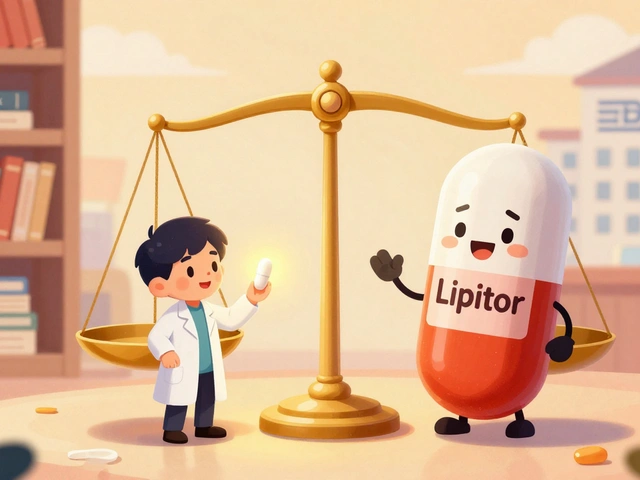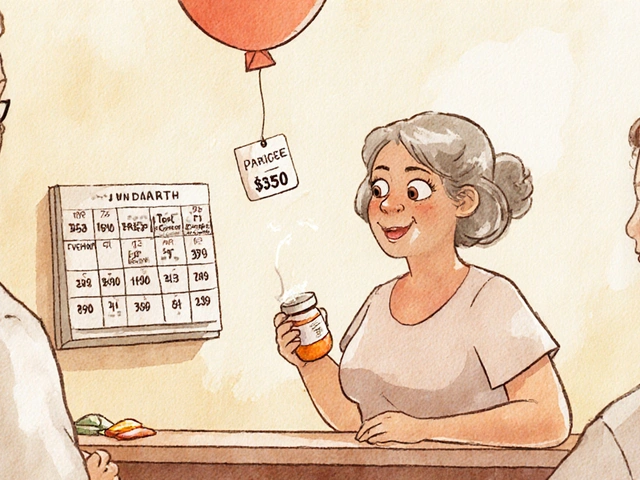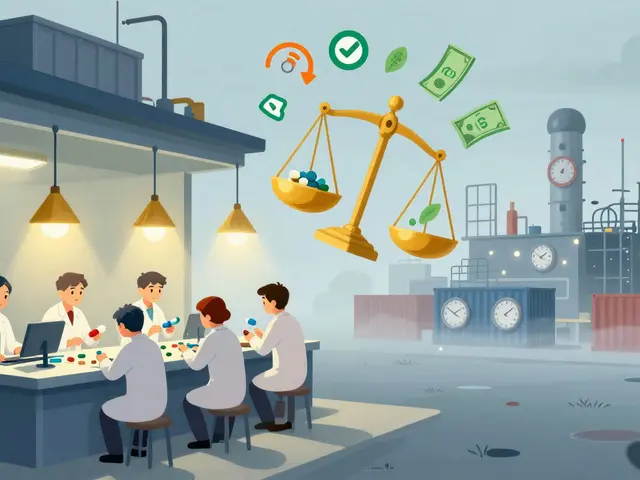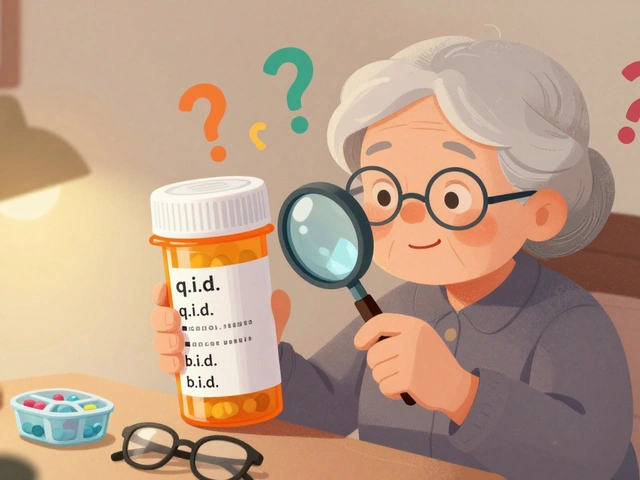
Diabetes Medicine: What You Need to Know Right Now
If you or someone you know lives with diabetes, the first question is always "what medicine should I take?" The answer isn’t one‑size‑fits‑all, but most people end up using a handful of well‑tested drugs. Below we break down the main types, what they do, and how to get them safely.
Big categories of diabetes meds
Insulin is the backbone for Type 1 and many Type 2 patients. It comes in rapid‑acting, short‑acting, intermediate and long‑acting forms. Pick the one your doctor suggests based on how often you need to inject and how stable your blood sugar is.
Oral meds are usually the first step for Type 2. They include:
- Metformin – lowers glucose production in the liver; most people start here.
- Sulfonylureas (like glipizide) – tell the pancreas to release more insulin.
- DPP‑4 inhibitors (e.g., sitagliptin) – keep blood sugar steady after meals.
- SGLT2 inhibitors (e.g., empagliflozin) – help kidneys dump excess sugar.
Each class has its own side‑effect profile, so talk with a pharmacist if you notice anything odd.
How to buy diabetes medicine safely online
Buying meds on the internet can be tempting because of lower prices. Here’s a quick checklist:
- Make sure the site requires a prescription. If they sell insulin without one, walk away.
- Check for a physical pharmacy address and a licensed pharmacist you can contact.
- Look for certifications like NABP or a local health‑authority seal.
- Read reviews, but focus on verified buyer comments about product authenticity.
- Compare prices with your local pharmacy’s PBS (or equivalent) pricing to avoid overpaying.
If you’re in Australia, the PBS program can cover part of the cost for eligible patients. In the US and UK, many online pharmacies partner with insurance plans – just verify that before you checkout.
Never share your prescription details on public forums or unsecured websites. A legitimate pharmacy will use encrypted connections (look for https:// in the URL).
When the package arrives, check the packaging for tamper‑evidence and match the batch number with what’s listed on the label. If anything feels off, contact the pharmacy immediately.
Remember, the cheapest option isn’t always the safest. Skipping a prescription or buying from an unverified source can lead to counterfeit meds that might not control your blood sugar at all – and could be dangerous.
Bottom line: know the drug class you need, keep your doctor in the loop, and use only licensed online pharmacies that ask for a valid prescription. With those steps, you’ll get the right diabetes medicine without breaking the bank or risking your health.
-
3 Jul







